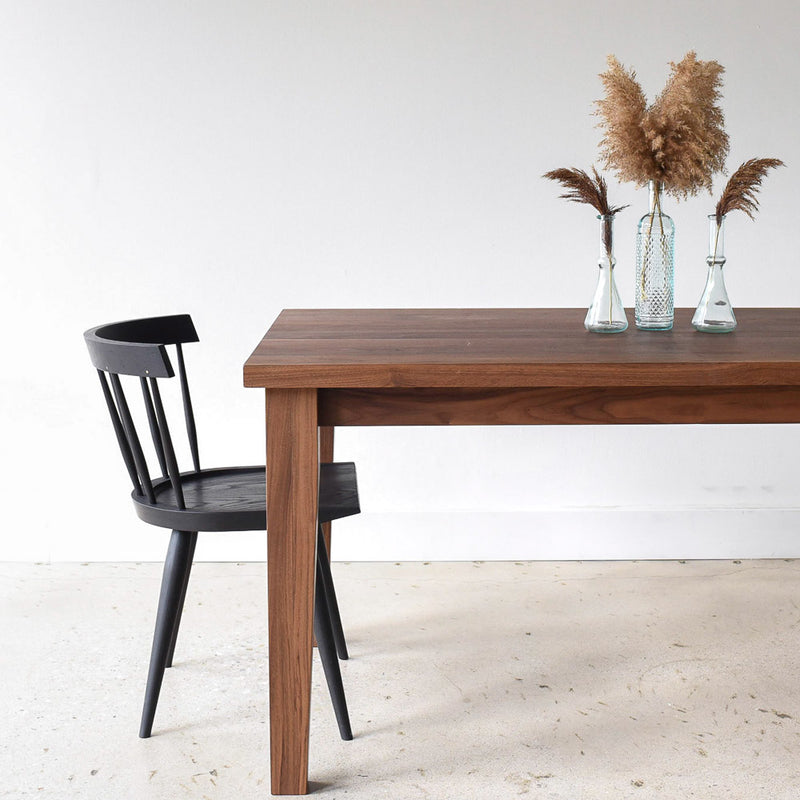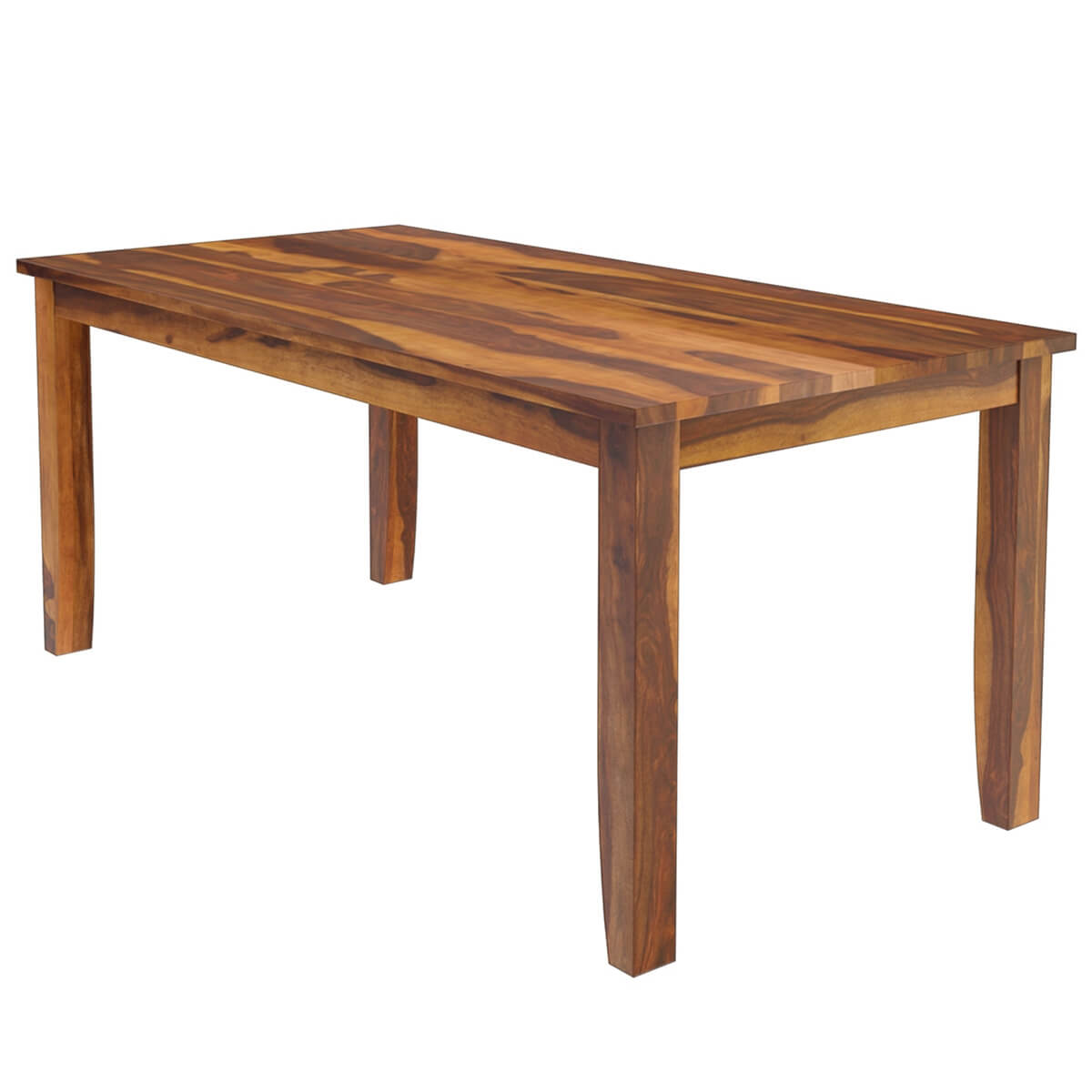Trick Elements to Maintain in Mind for Table Legs Wood Choices
When choosing timber for eating table legs, numerous critical aspects necessitate mindful factor to consider to guarantee both performance and visual charm. The option of timber kind, characterized by its resilience and distinct grain patterns, plays an essential role in the general style and longevity of the piece.
Wood Types and Attributes
When choosing timber for dining table legs, it is necessary to recognize the one-of-a-kind features of numerous timber types. Different woods offer distinctive advantages and downsides, affecting both the toughness and visual charm of the completed product.
Hardwoods, such as cherry, oak, and maple, are generally favored for their stamina and resistance to use. Oak, known for its outstanding resilience, also includes a famous grain that can add character to the table. Maple supplies a smooth surface area and is less vulnerable to bending, making it a trusted selection for practical furniture. Cherry timber, with its rich shade that strengthens in time, provides a lavish look but might require even more maintenance to stop scrapes.
On the various other hand, softwoods like yearn and fir are more affordable and simpler to deal with, yet they are less long lasting than hardwoods. Pine is light-weight and includes a warm, rustic appearance, making it a popular choice for laid-back eating settings. Nevertheless, it is extra vulnerable to damages and scratches.
Understanding these attributes will certainly help in making a notified choice to make certain the legs of the table meet both aesthetic and useful requirements.
Grain Patterns and Appearance
Choosing the best grain pattern can dramatically boost the aesthetic charm of eating table legs. The timber's grain is not simply a visual characteristic; it imparts an unique character and appeal to every item. Various timber types display distinctive grain patterns, varying from the straight lines of maple to the detailed swirls of oak and the striking number of walnut. These patterns can stimulate numerous designs, from rustic to modern, making it vital to choose a grain that lines up with the general style of the dining space.
Furthermore, the orientation and scale of the grain can influence the regarded dimension and beauty of the table. Larger, much more pronounced grains might provide a strong, dramatic result, while finer, subtler grains can produce a refined, understated look. Additionally, the finishing procedure can additionally improve these patterns, emphasizing the all-natural appeal of the wood and highlighting rich hues.
Inevitably, the option of grain pattern should balance with various other design components, such as the tabletop and bordering furniture, making certain a cohesive visual that raises the eating experience. Thoughtful selection of timber grain not only adds to the table's beauty yet also mirrors the owner's taste and design.
Toughness and Strength
The durability and strength of eating table legs are extremely important factors to consider for ensuring longevity and stability in any kind of eating room. Picking the ideal wood is important, as different types exhibit varying degrees of strength.

Ultimately, purchasing high-quality timber and robust building methods will yield a table that stands the examination of time, while providing a dependable foundation for numerous dishes shared among friends and family. Prioritizing sturdiness and stamina guarantees that your table remains useful and cosmetically pleasing for several years ahead.
Maintenance and Care
Appropriate maintenance and treatment are crucial for protecting the toughness and stamina of eating table legs made from wood. Routine cleaning is essential; making use of a soft, wet towel makes sure that dust and debris do not accumulate, which can lead to scrapes and dullness. It is advisable to stay clear of rough chemicals or rough materials that might harm the surface.
Additionally, using a suitable timber polish or wax periodically can aid maintain the luster and shield the timber from moisture and spills. Nevertheless, it is important to comply with the manufacturer's referrals concerning the type of product to make use of, as certain surfaces may react negatively to specific chemicals.
Humidity and temperature level fluctuations can additionally impact wood table legs, creating them to warp or crack. It's finest to position the table far from direct sunlight and warmth resources. If the table legs have any type of dents or scratches, attending to these promptly can stop more damages.
Lastly, periodically checking the joints and screws for rigidity is necessary to maintain structural integrity (Dining Table Legs Wood). By adhering to these maintenance methods, house owners Visit This Link can guarantee their wood table legs continue to be useful and enticing for years to come
Environmental Considerations
When selecting wood for eating table legs, it's necessary to take environmental considerations into account. The sourcing and sustainability of timber are extremely important in minimizing ecological impact. Choosing timber from licensed sources, such as those backed by the Woodland Stewardship Council (FSC), ensures that the timber is harvested sensibly, promoting woodland conservation and biodiversity.

Moreover, neighborhood sourcing of timber minimizes transport discharges, supporting regional economic climates while minimizing environmental impact. It is also advisable to be knowledgeable about the wood's therapy and ending up procedures, as specific chemicals can be damaging to both human health and the environment. By focusing on lasting wood choices, customers can add to environmental preservation while enjoying the durability and beauty of their eating table legs.
Final Thought
In final thought, picking wood for page eating table legs necessitates cautious factor to consider of different variables, including timber kinds, grain patterns, and toughness. Maintenance demands and ecological sustainability additional impact wood options, stressing the value of sourcing from licensed or redeemed products.
When choosing timber for dining table legs, a number of critical elements necessitate careful consideration to make sure both capability and aesthetic charm.Appropriate upkeep and treatment are vital for protecting Discover More the longevity and strength of dining table legs made from wood.When choosing wood for eating table legs, it's essential to take environmental considerations into account. By focusing on lasting timber selections, customers can add to ecological conservation while enjoying the sturdiness and appeal of their eating table legs.
In verdict, picking timber for eating table legs requires cautious factor to consider of different aspects, consisting of timber kinds, grain patterns, and toughness. Dining Table Legs Wood.